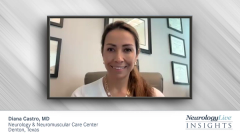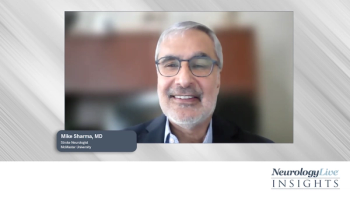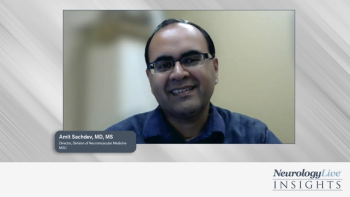
The Future of Duchenne Muscular Dystrophy Treatment: Expert Insights on Gene Therapy
A panelist discusses how ongoing research into next-generation DMD therapies aims to improve delivery methods, develop better vectors that can carry larger dystrophin genes, and determine optimal treatment timing, with evidence suggesting earlier intervention may be more effective.
Episodes in this series

Clinical Brief: Future Directions in DMD Therapeutic Development
Main Discussion Topics
- Limited long-term data on genetic therapies in older DMD patients
- Need for continued monitoring of treated patients to guide next-generation development
- Technical limitations of current approaches and areas for improvement
- Potential benefits of treating at younger ages before significant muscle damage
Key Points for Physicians
- Current genetic therapies represent improvement but are not curative
- Research priorities include more efficient delivery systems for both gene therapy and exon skipping
- Development of larger dystrophin constructs including full-length dystrophin delivery systems
- Question of optimal treatment timing with interest in very early intervention
Notable Insights
The expert emphasizes that preventing dystrophy is more achievable than reversing established disease, suggesting potential benefits of even earlier intervention. Recent reports indicate progress toward delivery of larger or full-length dystrophin using combination AAV vector approaches.
Clinical Significance
While significant advances have been made in DMD treatment, current approaches remain stepping stones rather than definitive solutions, with substantial opportunity for improvement in delivery efficiency, protein size, and optimization of treatment timing to maximize patient benefit.
Newsletter
Keep your finger on the pulse of neurology—subscribe to NeurologyLive for expert interviews, new data, and breakthrough treatment updates.



































